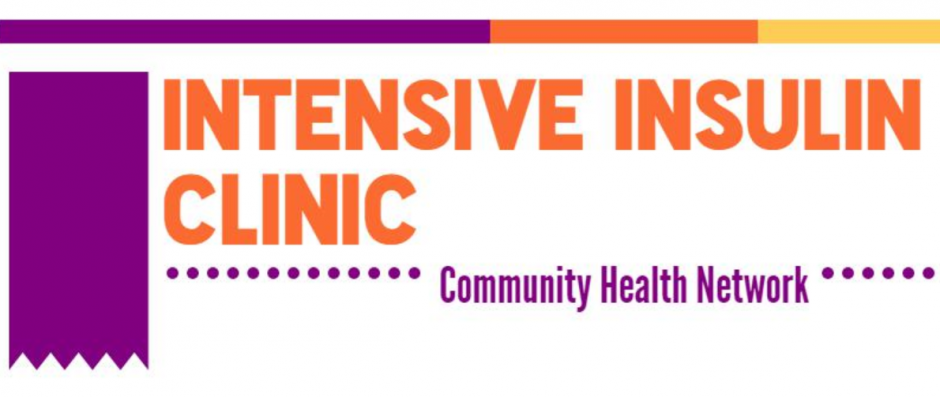 Purpose:
Purpose:
This clinic is intended to aid diabetic patients who are utilizing insulin pumps, U-500 insulin and/or continuous blood glucose monitoring. Through pharmacist intervention, Community Health Network should expect cost avoidance via lowered HgbA1cs and reduced hospitalizations.
Background:
In 2015, the prevalence of diabetes in Indiana was approximately 12.9%, and this number continues to rise . It is projected that one third of US adults will have diabetes by 2050.[1] As this prevalence increases, pharmacist can play a major role in managing complex patient cases or patients who are struggling to attain diabetic control. Several studies have shown that pharmacist intervention and education have helped patients reach their HgbA1c goals. For example, the Veterans Affairs Maryland Health Care System (VAMHCS) established a pharmacist run Insulin clinic in 2005 and 28% of their patients met their HgbA1c of less than 7.5%. Another clinic, the Veterans Affairs Center of Central Western Massachusetts (VACWM), showed similar results, and their experience suggested that “frequent pharmacist interventions have a positive impact in promoting appropriate insulin use.”[2]
Clinic Description:
This clinic will be located at the existing Community Health Network Endocrinology office on the north side of Indy. Hours of operation will include Monday/Wednesday from 7:00 am to 3:30 pm and Tuesdays 8:30 am to 5:00 pm. The pharmacist is expected to be certified as CDE and BCADM within 2 years of hire, and he/she must have completed at least an Ambulatory Care PGY2. Patients will be referred by the endocrinologist if patients are complex and require: U-500 insulin, insulin pumps, and/or continuous blood glucose monitoring. Since all patient cases are complex, the initial and follow-up visit are approximately 60 minutes. The pharmacist is expected to educate patients on their medications/devices, check HgbA1c every 3 months, alter diabetes medication regimen per CDTM, print and evaluate CBGM results, plus various other tasks and documentation.
Finances:
The United States spends a significant amount of healthcare dollars on diabetic patients each year, with hospital inpatient care being the one of the biggest expenditures. Many clinical studies have been completed to demonstrate the economic benefit of utilizing a pharmacist in the management of diabetic patients on intensive insulin therapy. In addition to the cost avoidance provided by the proposed clinic, an incident-to billing model will be utilized to collect direct reimbursement for its services. Furthermore, patients requiring continuous blood glucose monitoring provide additional revenue through a separate reimbursement model. With minimal start-up costs, the establishment of this clinic is predicted to be of significant financial benefit to Community Health Network.
Goal:
Community Health Network’s values include relationships, patients first, integrity, innovation, dedication, and excellence. The goal of this clinic is to embody these standards, and to improve the quality of healthcare of these diabetic patients. A successful pilot program would consist of 1200 patient visits within the first year, with 150 patients meeting their individual HgbA1C goal.
References:
[1]Center for Disease Control and Prevention. “Number of Americans with Diabetes Projected to Double or Triple by 2050” https://www.cdc.gov/media/pressrel/2010/r101022.html Published Oct 22, 2010. Accessed Feb 18, 2017
[2] Rochester CS, Leon N, Dombrowski R, Harines ST. Collaborative drug therapy management for initiate and adjust insulin therapy in patients with type 2 diabetes mellitus. Am J Health Syst Pharm. 2010; 67 (1): 42-2
